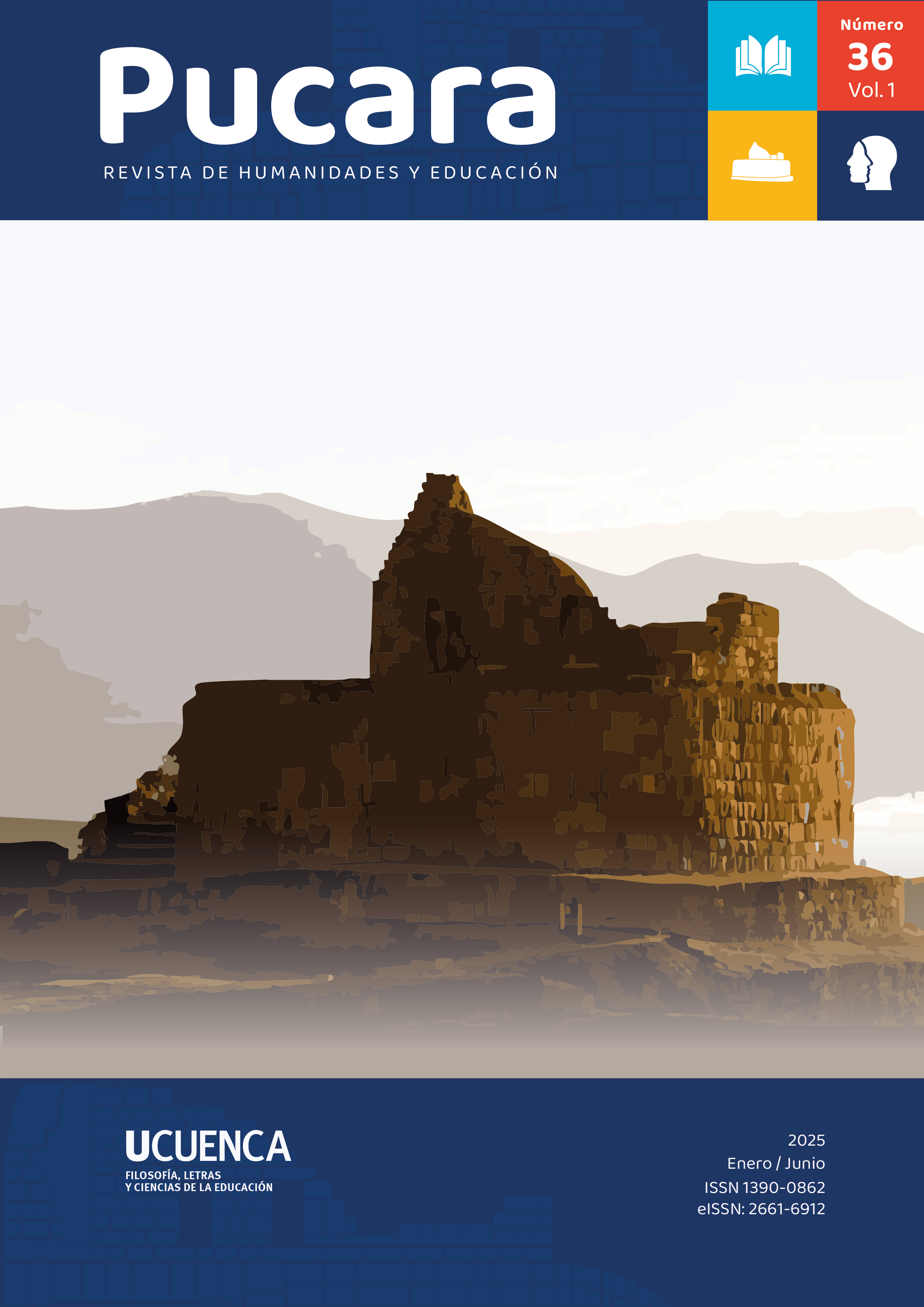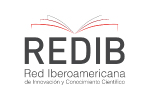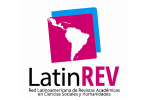Certum est quia impossibile est. From Hyperrealism of José Manuel Cajal
DOI:
https://doi.org/10.18537/puc.36.01.06Keywords:
hyperrealism, illusion, José Manuel Cajal, game, seductionAbstract
The hyperrealism of the contemporary Spanish painter José Manuel Cajal is confronted with Jean Baudrillard’s theory of seduction, based on the analysis of two of his paintings, Rembrandtplein and Russells Square. Using the single case method, it is concluded that Rembrandtplein shows the illusion of seduction with some patience. And this, because the oil seems to extinguish its logos, the result precisely of its mimetic perfection. In Russells Square, on the other hand, the viewer has no choice but to recognize a 0 mimesis, that is, a primitive fascination with the game, as if it were, for example, the Squid game.
Downloads
References
Alfaro, R. (2014). Post-posmodernismo. Revista Reflexiones, 92(2), 103-113. https://www.scielo.sa.cr/pdf/reflexiones/v93n2/a08v93n2.pdf
Arbeláez-Campillo, D., Villasmil, J., Rojas-Bahamón, M. & Parra, R. (2021). Reflexiones filosóficas sobre el juego del Calamar –Squid Game- serie de Netflix. Revista de Filosofía, 38(99), 304-315. https://doi.org/10.5281/zenodo.5660438
Aristóteles (1974). Poética (V. García Yebra, trad.). Gredos. (Trabajo original publicado en 1311).
Baudrillard, J. (2000). De la seducción (E. Benarroch, trad.). Cátedra. (Trabajo original publicado en 1979).
Barrios, B. (2015). Tres momentos críticos de la Teoría Fundamentada Clásica. Sapiens. Revista Universitaria de Investigación, 16(1), 31-47. https://ve.scielo.org/pdf/sp/v16n1/art03.pdf
Cajal, J. M. [José Manuel Cajal]. (22 de diciembre de 2008). [Imagen]. Facebook. https://www.facebook.com/photo.php?fbid=1056055010224&set=pb.1491313622.-2207520000&type=3&locale=es_LA
Cajal, J. M. [José Manuel Cajal]. (07 de julio de 2018). [Imagen]. Facebook. https://www.facebook.com/photo.php?fbid=10217843903157863&set=pb.1491313622.-2207520000&type=3&locale=es_LA
Canta, J. & Quesada, J. (2021). El uso del enfoque del estudio de caso: Una revisión de la literatura. Horizontes, 5(19), 775-786. https://doi.org/10.33996/revistahorizontes.v5i19.236
De la Espriella, R. & Gómez Restrepo, C. (2020). Teoría fundamentada. Metodología de investigación y lectura crítica de estudios. Revista Colombiana de Psiquiatría, 49(2), 127-133. http://www.scielo.org.co/pdf/rcp/v49n2/0034-7450-rcp-49-02-127.pdf
ELLE (20 de julio de 2018). Trompe-l’œil: la moda que engaña al ojo con efectos visuales. https://elle.mx/moda/2018/07/20/trompe-loeil-moda-engana-ojo
Gaceta (10 de diciembre de 2020). Hiperrealismo, el arte que engaña la vista. https://gaceta.facmed.unam.mx/index.php/2020/12/10/hiperrealismo-el-arte-que-engana-la-vista/
Gutiérrez, G. (2016). Sobre el concepto de mímesis en la antigua Grecia. Byzantion Nea Hellás, (35), 97-106. https://www.scielo.cl/pdf/byzantion/n35/art05.pdf
Just ART-e (s.f.). José Manuel Cajal. https://www.justart-e.com/jose-manuel-cajal.html
Löhr, R. (2007). La máquina de ajedrez (L. Miralles, trad.). Grijalbo.
Martínez-Salgado, C. (2012). El muestreo en investigación cualitativa. Principios básicos y algunas controversias. Ciência & Saúde Coletiva, 17(3), 613-619. https://doi.org/10.1590/S1413-81232012000300006
Meléndez-Páez, P. (1989). El recurso del “trompe l’oeil” en Casa de campo: forma y proceso. Confluencia, 5(1), 25-28. https://www.jstor.org/stable/27921873
Oyarzún, P. (1996). El dedo de Diógenes. Dolmen.
Sloterdijk, P. (2020). El imperativo estético (J. Chamorro, trad.). Akal. (Trabajo original publicado en 2014).
Stake, R. (2007). Investigación con estudio de casos (R. Filella, trad.). Morata.
Vegas, H. (2016). La teoría fundamentada como herramienta metodológica para el estudio de la gestión pública local. Revista Venezolana de Gerencia, 21(75), 413-426. https://www.redalyc.org/journal/290/29048812004/html/
Published
How to Cite
Issue
Section
License
Copyright (c) 2025 Leopoldo Tillería Aqueveque

This work is licensed under a Creative Commons Attribution-NonCommercial-ShareAlike 4.0 International License.
Copyright © Autors.

You are free to:
 |
Share — copy and redistribute the material in any medium or format |
 |
Adapt — remix, transform, and build upon the material for any purpose, even commercially. |
Under the following conditions:
 |
Attribution — You must give appropriate credit, provide a link to the licence, and indicate if changes were made. You may do so in any reasonable manner, but not in any way that suggests the licenser endorses you or your use. |
| NonCommercial — You may not use the material for commercial purposes. | |
| ShareAlike — If you remix, transform, or build upon the material, you must distribute your contributions under the same license as the original. |
| No additional restrictions — You may not apply legal terms or technological measures that legally restrict others from doing anything the licence permits. |












